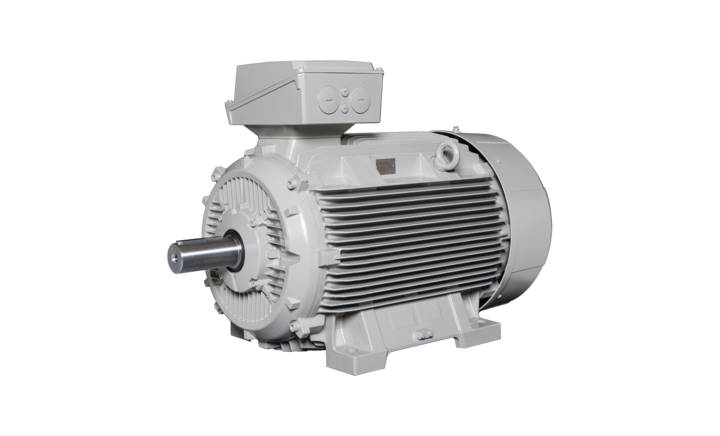our blog
The electric motor - simply explained!
Our services and products aim to fully meet your requirements - especially with regard to economy, quality, environment and occupational safety. We make your tasks and requirements ours and fulfill them in a technically qualified, punctual and economically fair manner.
In order to meet our high quality standards, we carry out all mechanical and electrical processing steps in-house with our own expertise.
In order to share this competence with you, our technology has summarized some basic questions about electric motors in the following blog posts
- How does an electric motor work?
- What types of electric motors are there?
- Which electric motor do you need for which application?
- How is an electric motor constructed?
- How can you test an electric motor?
We answer these and many other fundamental questions in the following articles.

